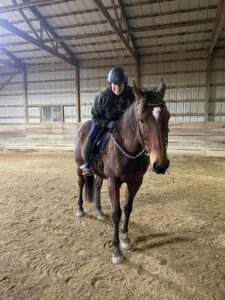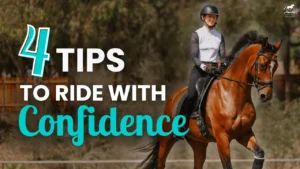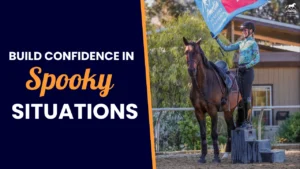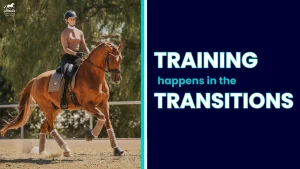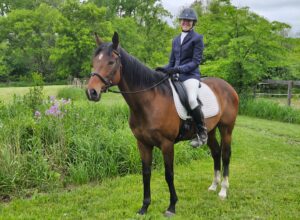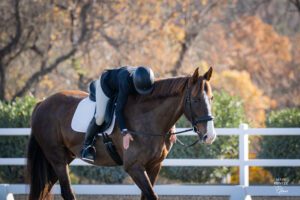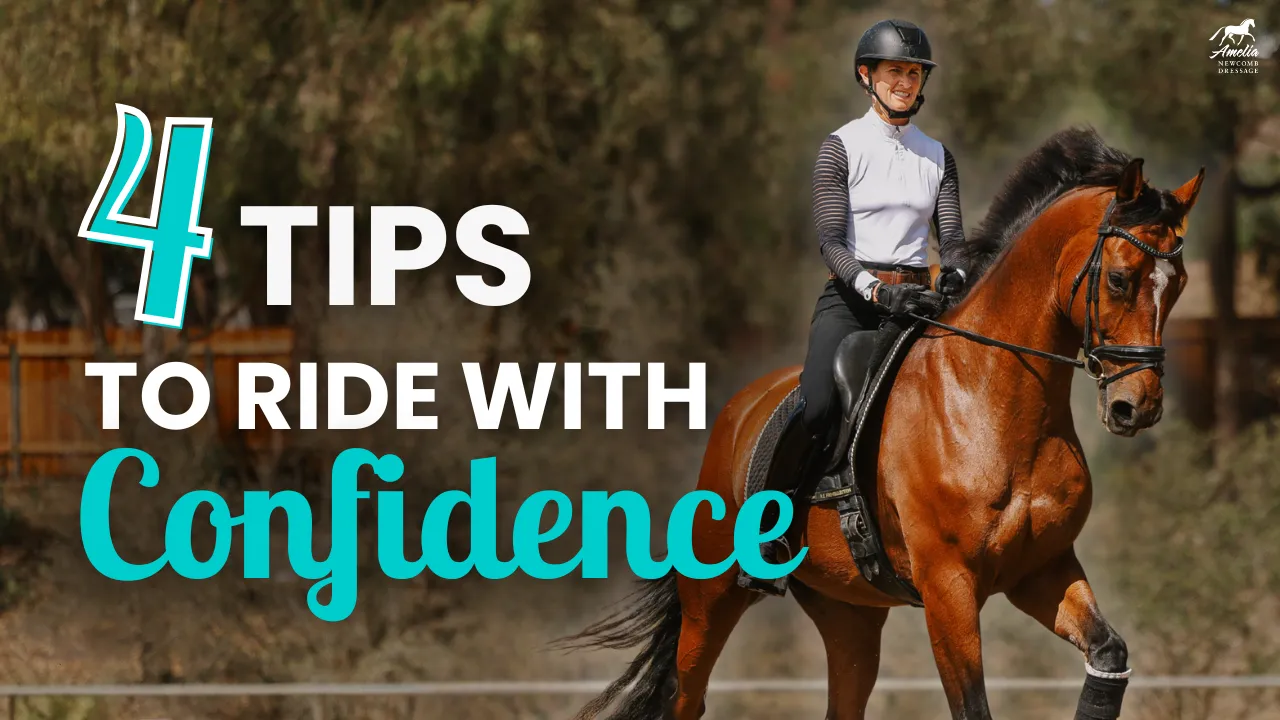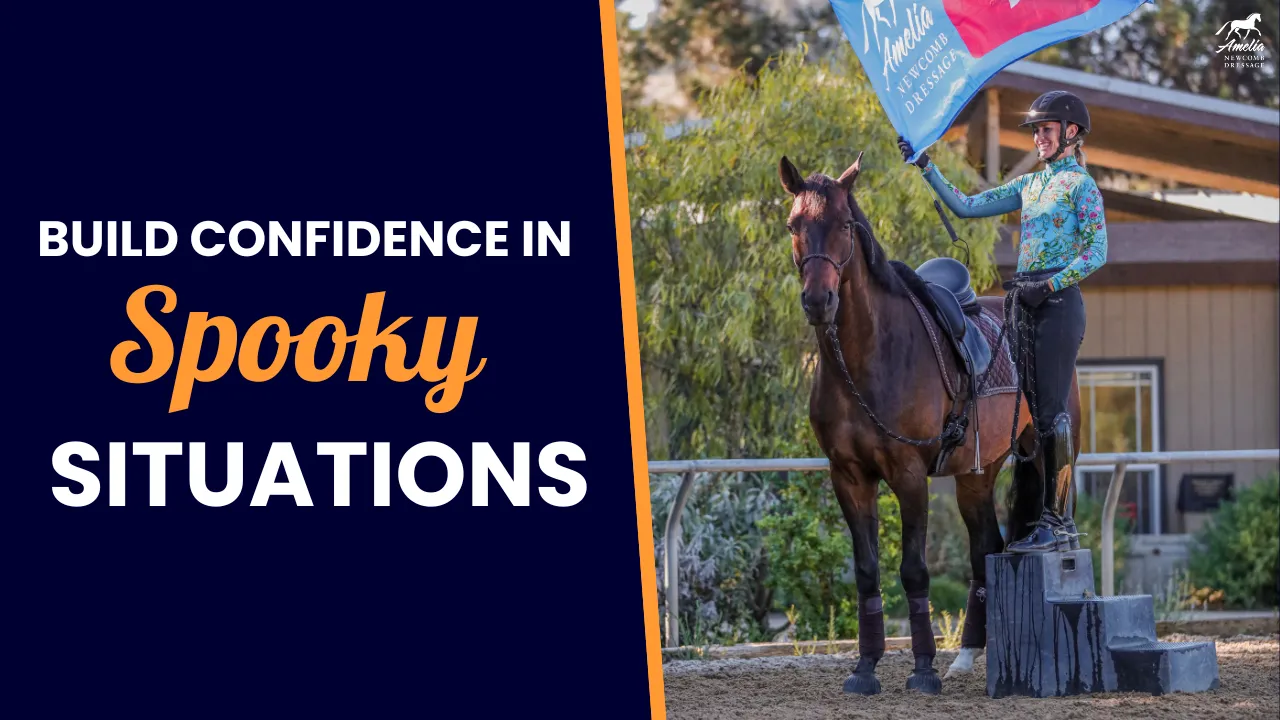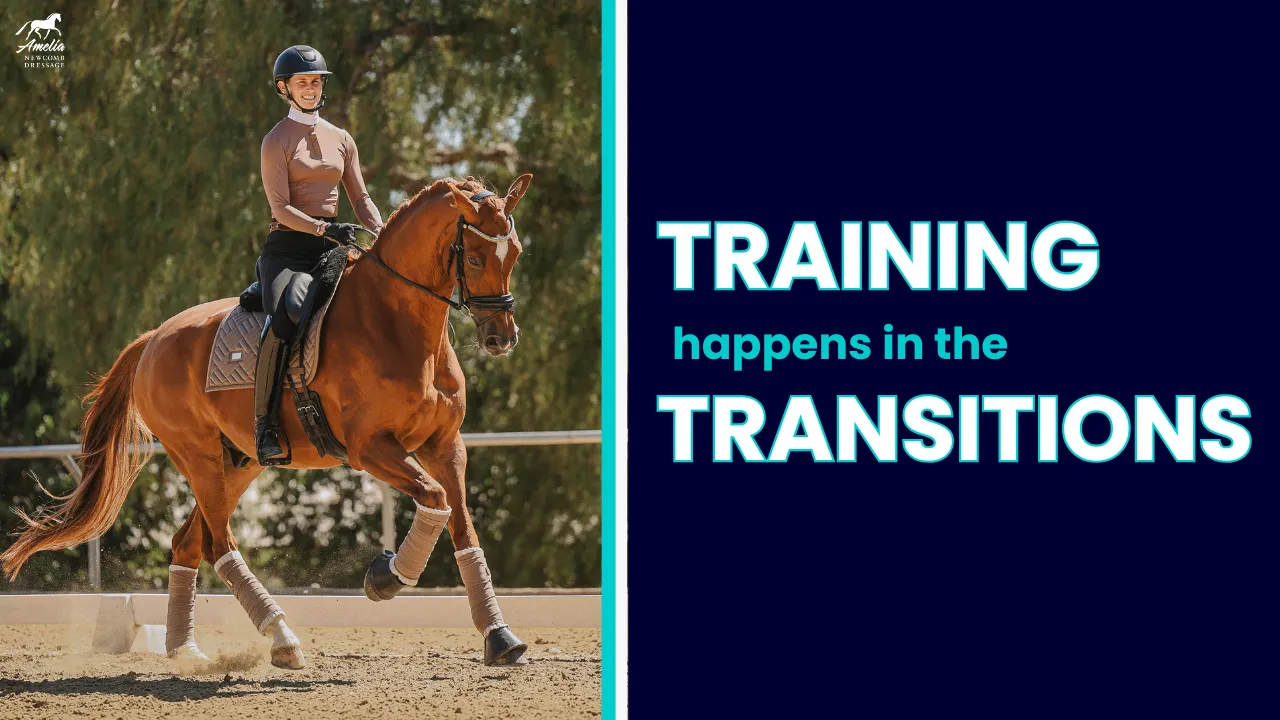Today’s Webinar presentation is on lateral work in dressage.
First of all, why is lateral work so hard?
It’s hard for all of us, even top riders and trainers. Part of the reason it’s hard is that lateral work is not natural for a horse. A horse would never canter sideways across the pasture; they would turn, spin, and run the other way. Because of that, it’s not really instinctual for a horse to go sideways.
Lateral work requires two things to actually be considered lateral work in dressage terms: bend and collection. So, truly lateral work includes shoulder-in, haunches-in, half-pass, and pirouette. Turn on the forehand and leg yield are not technically part of lateral work. They are suppleness exercises that you want to do before you get into the lateral work exercises.
Lateral work in the training scale is so important. As you are doing your lateral work, don’t forget to keep in mind the training scale because, as you’re working on lateral work, you’re going to come across other problems. You may lose rhythm in a gait when you’re trying to do lateral work, you may lose the connection, the horse might come above the bit or duck behind, and you will probably lose impulsion in lateral work. Keeping in mind the training scale as you’re working towards the lateral work is so important. If you lose one of these fundamental things when you’re working on lateral work, you need to go back and work that out.
When we think about leg yield and turn on the forehand, they are at the bottom as suppleness exercises. Lateral work exercises like shoulder-in, haunches-in, and half-pass are working on straightness and collection.
Groundwork is the foundation of lateral work. I use groundwork to introduce lateral work to all of my horses. The reason that it’s so great to do it from the ground is so I can see what his legs are doing. You can see if the hind leg is stepping forward and across. I love to introduce the turn on the forehand, also teaching the horse to bend a little and disengage the hindquarters from the ground.
Leg Yield: It’s important to note that in leg yielding, the horse is straight from their pole to their tail—they have no body bend. They do have flexion in leg yield. The horse is slightly flexed to the inside while moving over in a leg yield.
Shoulder-in, haunches-in, renvers, and half-pass all have bend in the body. They’re bending in the rib cage. Shoulder-in is a three-track movement. The first track is the outside hind leg, the second track is the inside hind leg and the outside front leg, and the third track is the inside front leg. If you have more than three tracks, like four, it’s actually easier because the horse doesn’t have to engage the inside hind leg as much. If you have less than three tracks, you’re not getting the horse enough off the rail, and you’ll be marked down.
In renvers, you have a four-track movement. The first track is the outside front leg, the second track is the inside front leg, the third track is the outside hind leg, and the fourth track is the inside hind leg. Renvers has a little more angle and bend than shoulder-in, and then renvers is basically haunches-out, but the horse is bending towards the rail. Half-pass is the same bend as renvers, only now you’re going away from the rail on a diagonal line.
A volte is the solution to all lateral work issues. A volte is an 8- or 10-meter circle. It’s very important that you master these circles before you do your lateral work. Ten-meter circles are introduced at first level at the trot. On a circle, the horse is learning to bend their body, so they’re learning that bend in the rib cage and through their whole body that you need to ride a correct shoulder-in or haunches-in. The bending aids are inside leg at the girth, outside leg behind the girth, outside rein controls the outside shoulder, and inside rein for the flexion.
I use a volte to introduce the lateral work. I’ll do a volte, go down the rail in shoulder-in, and to introduce shoulder-in, I’ll pretend like I’m going to start another volte, but right when my horse’s shoulder leaves the rail, I’ll put my inside leg on and say, “No, never mind, we’re going down the rail.” I use a volte to set up the shoulder-in positioning. I’ll go a few steps down the rail, and then before things fall apart, I’ll go off onto another circle. If at any time my lateral movement falls apart, whether I’m riding shoulder-in or haunches-in, I go immediately onto a circle, fix the bend, and then go back to my lateral movement.
Watch this webinar to see examples of each of these movements and tips on training them!
I hope this was helpful!
Amelia
